AMAZON multi-meters discounts AMAZON oscilloscope discounts
1. Generating electricity by nuclear power plants
Basically, nuclear power plants work in the same way as coal- and gas-fired plants, converting heat to electricity. Whereas fossil-fuel-fired power plants run on energy media such as oil, lignite or hard coal, nuclear power plants use the heat given off when atomic nuclei split.
Figure 1 shows how a nuclear power plant works (in this case, a pressurized water reactor, cf. Section 4.2) and shows the whole energy conversion process. Nuclear fission inside the reactor pressure vessel generates heat, which heats water until it vaporizes, turning thermal energy into latent energy in steam. This steam, which is under high pressure, then drives the turbines (converting to mechanical energy), which turn the generators connected to them, generating electrical energy, like a bicycle dynamo. Condensing the steam required to drive the turbines is done either by direct flow or seawater cooling or via a cooling system using a cooling tower.
2. Nuclear fission
Most elements on Earth are stable, and the structure of their atomic nuclei is constant. A few of them decompose radioactively, however: that is to say, their atomic nuclei turn into those of other elements by emitting radiation or particles.
In a nuclear reactor, or a reactor at a nuclear power plant, nuclear fission is induced deliberately and the resulting radioactive decay used. Atomic nuclei are split by bombarding them with neutrons.
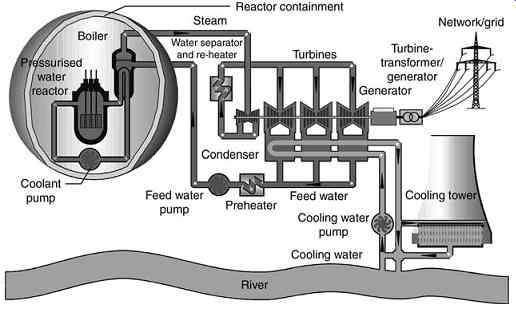
Fig. 1 How a nuclear power plant works (pressurized water reactor model)
The process of nuclear fission is shown in Figure 2. In the reactor, uranium U-235 nuclei are bombarded with neutrons, causing them to fission and emit radiation, known as 'nuclear radiation' (cf. Section 3). The products of decay are usually two fission products, such as krypton or barium, and two or three neutrons. The neutrons that are emitted can in turn split other atomic nuclei, setting off a chain reaction in which energy is released.
The fission products that arise when atomic nuclei split are unstable: they give off radioactive radiation, turning into stable end products, releasing more energy in the process. This post-decay heat keeps on being generated even after a nuclear reactor has been shut down, and requires special post-cooling systems (Figure 3).
A constant steady chain reaction needs a certain minimum mass of fissionable material, also known as the 'critical mass'. Critical mass exists if the number of secondary fissions (second generation neutrons) is equal to the number of primary fissions (first generation neutrons).
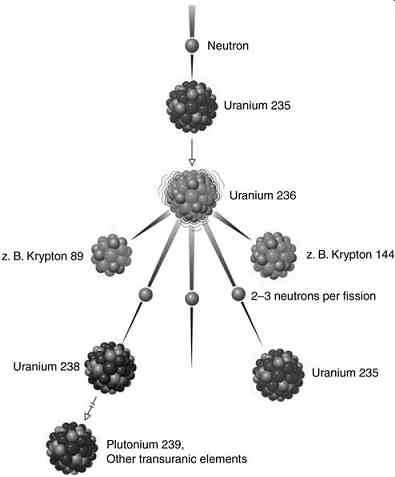
Fig. 2 The nuclear fission process
Uranium U-235 is the only element occurring in nature that can maintain fission via a chain reaction. U-235 accounts for just 0.72% of the total mass of uranium occurring naturally, so it does not provide the critical mass required: this has to be increased, i.e. the uranium has to be enriched. This can be done using diffusion, gas centrifuges or separation nozzles.
The critical mass of U-235 required is less if the neutrons that are released when its nuclei split can be slowed down to lower, thermal speeds (moderated). This can be done using what is known as a moderator. Apart from carbon in graphite form and heavy water (deuterium oxide, or D2O), this is best done using light water, or H2O. The water molecules slow the neutrons down very effectively, thus maintaining the chain reaction; and the water absorbs the energy from nuclear fission, which heats it up considerably, making it ideal for generating electricity. When using H2O as moderator, the natural uranium has to be enriched to around 3.5% U-235.
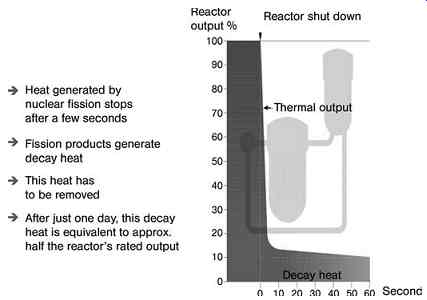
Fig. 3 Thermal output from a reactor once it is shut down
3. Radioactivity
Radioactivity can be defined as when atomic nuclei of one element turn into nuclei of another element, emitting radiation or particles in the process. Radioactive processes can be divided into decays of different kinds. The most important decay and radiation processes involved with uranium ore are as follows (Figure 4):
- Alpha radiation Has little penetration strength, and can be blocked by just a sheet of paper (1) (discovered by Becquerel 1896).
- Beta radiation More penetrating than alpha radiation, but can be blocked by thin plate or a few mm of aluminum (2) (discovered by Rutherford 1896).
- Gamma radiation High-energy short-wave electromagnetic radiation, often created during alpha or beta decay. Can be shielded by plates of varying thickness, depending on how much energy it contains (3). Nearly all atomic nuclei emit gamma rays (discovered by Villard 1900).
What effects radiation has depends on what kind of radiation it is, what the dosage levels are over time and how sensitive the material being radiated is. Radiation absorbed by the human body is abbreviated to Rad for short (radiation absorbed dose).
At a given energy dose D, the biological effects may vary considerably, depending on the type of radiation involved: so a weighted radiation dose (equivalent dose) is used as the biologically effective dose. This equivalent dose H is expressed in sieverts (Sv), generally quoted as mSv or mSv, and is calculated from the energy dose D and an assessment factor q which reflects the characteristics of the radiation. This radiation dose over time then gives the radiation load as a dosage level. A number of natural and man-made radiation sources, with their radiation loads, are compared in Figure 5.
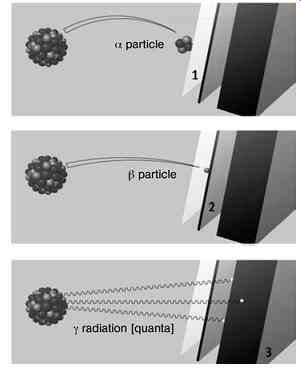
Fig. 4 Radioactivity and shielding
The radiation load from nuclear power plants is controlled by law, so the limits as stated in the radiation protection regulations must not be exceeded, even where the effects are worst. Nuclear power plants also have retention systems to prevent radioactive substances getting into the environment.
These retention systems include:
- Ventilation systems working at a partial vacuum to ensure that air always flows from less active to more active areas
- Exhaust systems (micro filters etc.)
- Systems for treating radioactive contaminated water to achieve a high decontamination factor (relative energy levels before and after treatment) and minimize waste.
If we look at the radioactive waste from nuclear power plants more closely, we find that, once it has been used in the nuclear reactor, the high-energy nuclear fuel consists of 95% uranium, 4% fission products and 1% plutonium. This spent nuclear fuel can be reprocessed, recycling its useful component, but the current nuclear consensus in Germany has ruled out reprocessing, so spent fuel elements must be kept in intermediate storage until they are put into final storage at the nuclear power plant sites (see also Section 4.4). As well as this highly active waste, nuclear power plants also produce moderate- and low-activity waste. Putting this more clearly: a 1300MW pressurized water reactor produces around 510m3 of radioactive waste a year in total, of which 1% is highly active and around 92% is low-activity waste (Figure 6).
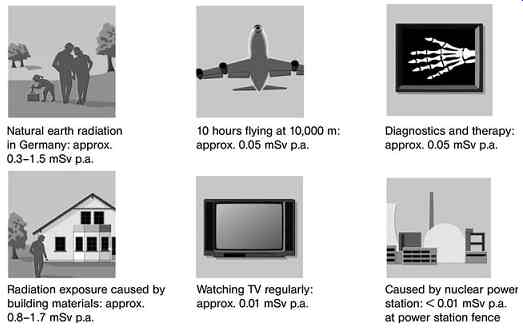
Fig. 5 Natural and man-made radiation sources
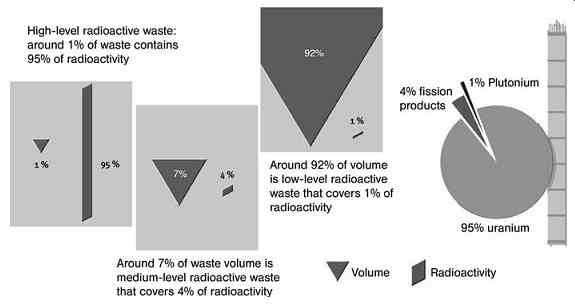
Fig. 6 Radioactive waste from a 1300MW pressurized water reactor (approx. 510m3 p.a.)
4. Reactor designs
4.1 Overview
Many kinds of nuclear reactors have been developed since the discovery of uranium's nuclear decay in 1938. These can be divided into generations, in the order in which they were developed, as follows:
- Generation I The initial prototypes built between 1957 and 1963.
- Generation II Commercially viable reactors built from the mid 1960s onwards.
- Generation III Advanced reactors, generating much more power and with much more concern about safety, built since the early 1980s.
- Generation III+ The next generation of reactors, with structural safeguards against meltdown and/or passive safety features.
- Generation IV The reactors of the future, highly efficient, with advanced safety features and producing little spent nuclear fuel, but not expected to come on stream until 2030 at the earliest.
(Remark: At the international level, Generation III is often classed as part of Generation II, so Generation III+ is referred to as Generation III.) Of the types of nuclear reactor that have been developed, there are only a few that can be used in commercial operation. The different types can be broken down by the following aspects:
- Fuel e.g. natural uranium, enriched uranium, plutonium, thorium; whether they use clad or unclad solid fuels (cladding materials are zirconium, aluminum, magnesium or magnesium oxide - Magnox); fuel elements may be rods, plates, tubes or pellets
- Neutron energy thermal reactors (moderated neutrons, using moderators such as graphite, light water H2O or heavy water D2O) and fast reactors (without moderating the neutrons)
- Coolant light water H2O, heavy water D2O, gas (air, but mainly carbon dioxide and helium).
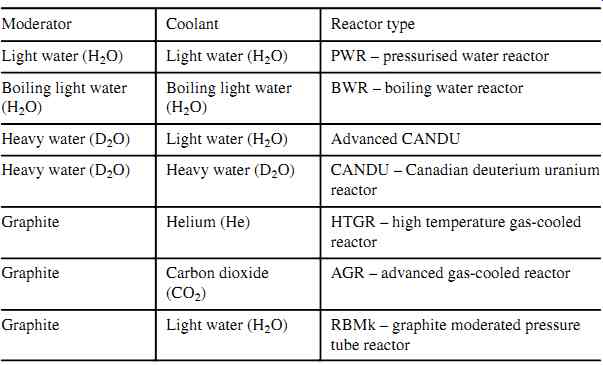
Table 1 Different types of reactor (different combinations of moderator
and cooling)
The first basic distinction here is between thermal and fast reactors. Fast reactors are better known as fast breeders, because when they are operating they 'breed' more fissionable plutonium from the uranium than they use, which means that they can get around twice as much energy out of the uranium. Fast breeders have failed to establish themselves, however, for a number of reasons (political reasons in Germany).
Amongst the thermal reactors, there are a number of combinations of moderators and coolants which have been developed successfully for commercial use (Table 1). The two main families involved here are gas-cooled reactors (Magnox reactors), advanced gas-cooled reactors and high-temperature reactors and water reactors (light and heavy water reactors).
The most important of these are the light water reactors, as they are also operated in Germany at present. They have proved themselves worldwide, and are the reactors of choice not least because of their safety aspects. Apart from a few exceptions, light water reactors are the only ones that have been designed and built worldwide for some years now.
4.2 Light water reactors
The water which is typically used as coolant in light water reactors can be used both in a single-circuit system or - to prevent contamination - in a multiple-circuit system via heat exchangers. Light water reactors are known as pressurized water reactors (PWRs) or boiling water reactors (BWRs), depending on whether the water in them is pressurized or boiling.
In a pressurized water reactor, the water in the reactor pressure vessels is at extremely high pressure, around 150 bar, so the water does not boil, even at the design operating temperature of 300 deg. C. This prevents steam bubbles forming, which would complicate the heat transfer process.
As Figure 7 shows, a PWR has two coolant circuits: the primary and secondary circuits (water-steam circuit). In the primary circuit, the coolant water flows round the fuel elements directly: the water which is heated in the reactor core of the reactor pressure vessel is then fed to the boiler and back to the reactor core via circulating pumps. The steam generator then transmits the heat to the secondary circuit, producing steam which drives the turbine and consequently the generator, so the steam passing to the turbine is not radioactive. At the end of the secondary circuit, the steam which was depressurized and condensed in the condenser (coolant water circuit) is pumped back to the steam generator via heat exchangers (preheater unit).
Unlike a pressurized water reactor, in a boiling water reactor (Figure 8), the water in the reactor core of the reactor pressure vessel is heated to boiling point: so comparatively little pressure is required at the proposed operating temperature of 300 deg. C. A pressure of 70 bar is sufficient. Nor is a boiler required, so only one coolant circuit (direct circuit) is necessary. The live steam is fed directly from the reactor pressure vessel to the turbine, which means that the turbine becomes radioactively contaminated to a limited extent. Unlike with the PWR, in which the reactor is controlled and can be crash shut down by control rods from above, with the BWR, control rods are inserted into the reactor core from below. (Please note: control rods are used to control and shut down nuclear reactors.)
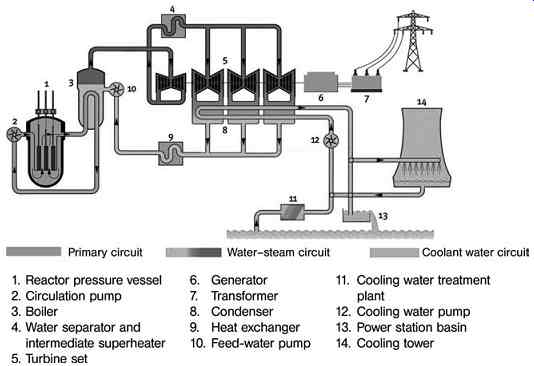
Fig. 7 Nuclear power plant with pressurized water reactor (PWR)
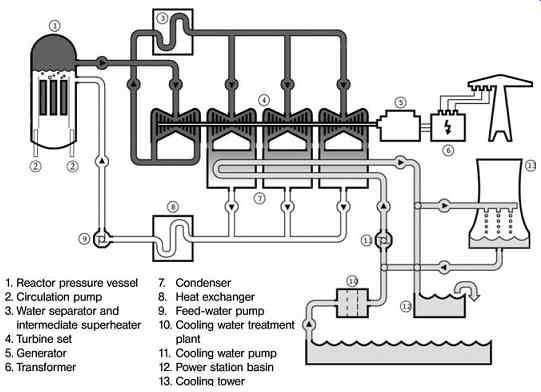
Fig. 8 Nuclear power plant with boiling water reactor (BWR)
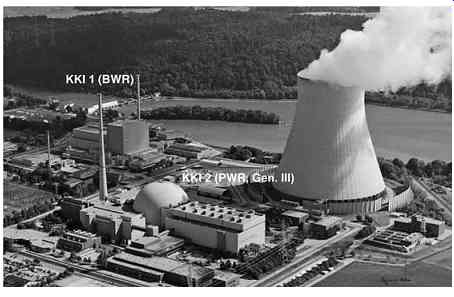
Fig. 9 Isar nuclear power plant, Germany: KKI 1 (BWR) and KKI 2 (PWR)
If a loss of coolant accident (LOCA) occurs (Section 5) in a BWR the pressure is reduced by condensing the steam released in a condensation chamber, so the safety vessel containing the reactor pressure vessel in the reactor building is much smaller than for a PWR of comparable output.
Of the eleven PWRs and six BWRs operating in Germany, the three PWRs of the Convoy model (Siemens KWU) with an output of approx. 1400MW are the most advanced. One of these Convoy plants, which may be classified as Generation III, operates at the Isar site (near Landshut) together with a BWR unit (Figure 9).

Fig. 10 Overall view European pressurized water reactor EPR (AREVA, 3D visualization)
In the course of the further development of the Convoy nuclear power plant design, German nuclear power plant operating companies decided to join forces with the French state company EDF to develop the EPR (European Pressurized Water Reactor) in 1991. This EPR, a Generation III+ model generating 1600MW, is currently being built in Finland and France (Figure 10). It is being supplied by French plant supplier AREVA, which acquired the former Siemens KWU some years ago.
As well as EPR, AREVA with German involvement (E.ON Kernkraft) is also developing the boiling water reactor KERENA (formerly designated SWR 1000) with an output of 1250MW (Figure 11).
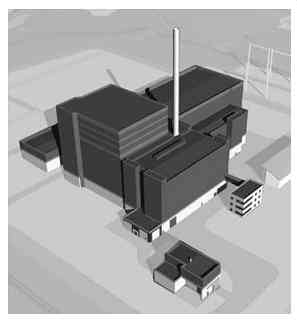
Fig. 11 Overall view boiling water reactor KERENA (AREVA, 3D visualization)
Further new developments in Generation III+, which are now being offered and preferred as large-scale power plants with outputs of well over 1000MW each, are the boiling and pressurized water reactors as listed below (Figures 12 and 13):
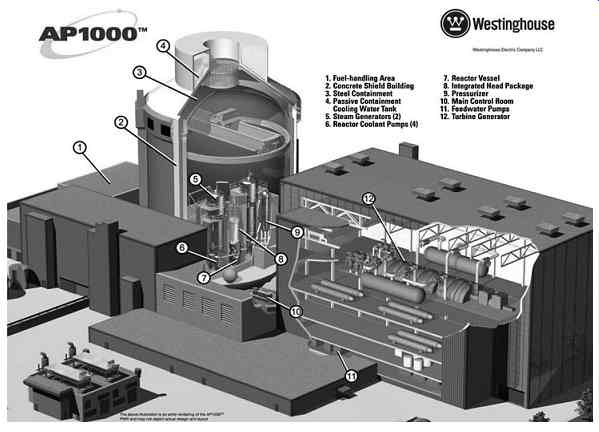
Fig. 12 AP 1000 pressurized water reactor (Westinghouse)
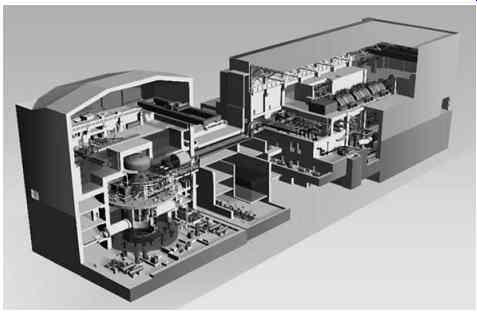
Fig. 13 ABWR boiling water reactor (Westinghouse/Toshiba)
- ABWR: BWR - 1350 MW;
Supplied by: Westinghouse (USA)/Toshiba ( Japan),
- AP1000: PWR - 1000 MW;
Supplied by: Westinghouse ( USA),
- AES 92: PWR - 1000 MW;
Supplied by: ASE ( Russia),
- APR1400: PWR - 1400 MW;
- Supplied by: KOPEC ( South Korea).
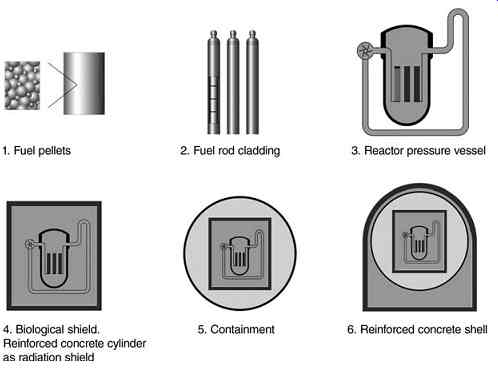
Fig. 14 Passive safety barriers
5. Safety philosophy
When making safety assessments, we need to make a basic distinction between the risk potential, as the maximum possible damage a risk source can cause, and the risk, which involves considering both the potential extent of the damage and how likely that damage is to occur. Nuclear power plants and nuclear installations generally have a high risk potential, so safety is absolutely vital when designing, building, operating and shutting down such plants to minimize the risks involved (damage prevention).
In nuclear power plants, these requirements mean protective goals such as controlling reactivity, cooling fuel assemblies, confining radioactive substances and limiting radiation exposure must be adhered to. The components and building structures required to meet these requirements are safety-related and are therefore referred to as safety-related components and building structures.
To meet these safety goals, we basically use the safety barriers as shown in Figure 14 and the safety systems, which may be designed as either active or passive safety systems.
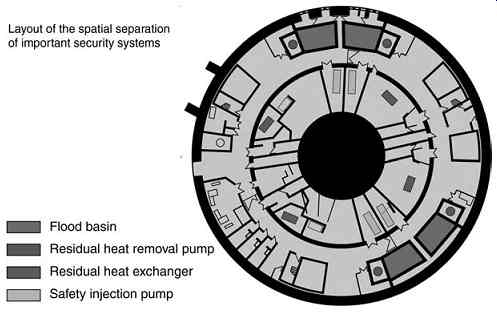
Fig. 15 Section through reactor building
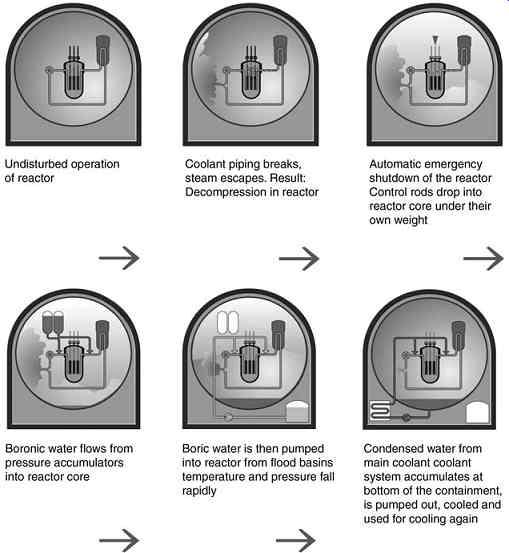
Fig. 16 Controlling loss of coolant accidents
These safety systems are highly reliable, thanks to the following:
- Redundancy Main safety system components are multiplicated so that, should one of these modules fail, another identical module can take over.
- Diversity Major components are made to different designs, so that not all the modules of the same type needed for these safety systems are likely to fail at the same time. This also reduces the risks of failing for the same reasons (common cause failure).
- Spatial separation Major components of redundant safety systems are located away from one another, so that if an incident occurs that has limited local events that cause one module to fail, an identical module somewhere else which is not affected by that incident can take over the safety function (Figure 15).
Safety systems are needed to manage incidents, and must therefore be designed for both rare internal incidents (internal actions) and rare external ones (external actions).
Internal design basis accidents include loss of coolant accident and internal flooding. A loss of coolant accident, and how it is handled, is shown in Figure 16. Significant external actions include earthquakes and floods. So plants must be designed to withstand an earthquake with the greatest seismic effects foreseeable where they are located.
These rare design basis accidents can be distinguished from the system status conditions in nominal use (normal operations as regular condition and anomalous operations as frequent condition) and the extremely rare events resulting from an accident (Table 2). Under the banded safety concept used in Germany, these system status conditions and events are assigned to four safety levels, as shown in Table 2, plus the extremely rare events which as accidents count as so-called 'residual risks' and which call for disaster prevention and environmental protection measures accordingly.
In the scenarios in Table 2, which must be considered as part of a safety philosophy, the focus is on preventing damage. One major contribution to this damage prevention is made by the International Atomic Energy Agency (IAEA), the international atomic energy organization which sets the standards for erecting and operating nuclear plants.
Another contribution comes from reviewing preventive measures and how effective the safety systems of each nuclear power plants are in the light of past events at nuclear plants which have occurred worldwide.
Following the reactor accident at Chernobyl in 1986, the IAEA launched the INES scale in 1991 (Table 3 ) for recording incidents and events at nuclear facilities.
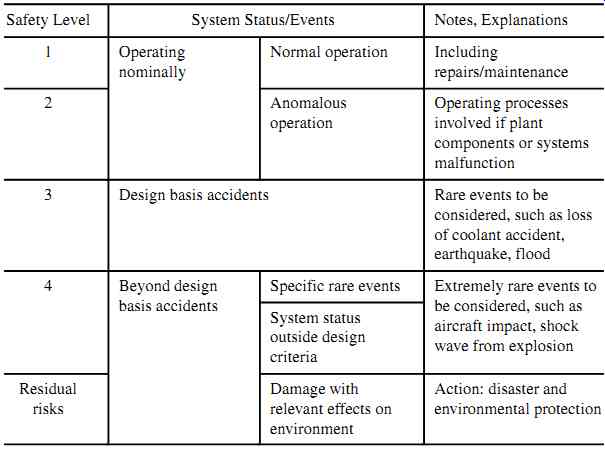
Table 2 Safety strategies for nuclear power plants
[coming soon] Table 3 INES (International Nuclear Event Scale)
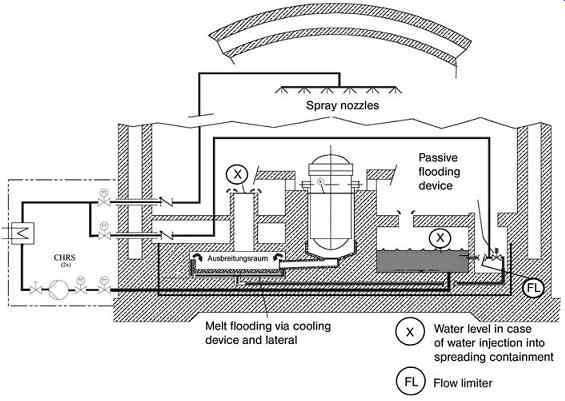
Fig. 17 EPR, core catcher (heat removal system)
This ranges from anomalies (levels 0-1), incident (levels 2-3) and accidents (levels 4-7). Depending on how they are rated, events must be assessed at the nuclear power plant concerned and rated with the controlling government organizations to show that the safety procedures in place are effective and to improve them if required.
On the INES scale, the Chernobyl incident must be classified as a major accident at the highest level 7. By way of comparison: the equally notorious event (partial meltdown) at Harrisburg ('Three Mile Island' in 1979, where the effects of the meltdown were limited to the plant itself, without damaging the health of the population, were classified as a level 5 event. In Germany, there have been 74 events since 1991 which were rated as level 1 on the INES scale and just three that were rated at level 2.
In assessing the risks that nuclear power plants present, we also include extremely rare events as 'hypothetical' accidents classified as residual risks. These include a melt down due to serious core problems. Compared with the units now operating (up to Generation III), in which the effects of a meltdown are studied as part of a safety analysis, the new Generation III+ plans are designed such that they have structural safeguards and/or passive safety features to protect against a meltdown. For the EPR, for example, a meltdown prevention system was designed with a 'core catcher'. As Figure 17 shows, should the reactor's pressure vessel burn through, the molten core can be collected in a space below the reactor pressure vessel and cooled to avoid it burning through the foundations and to prevent pressure in the reactor pressure vessel increasing any further. This covers not only short-term but also long-term safety functions, without any further serious disaster prevention measures being required in the area around the plant.